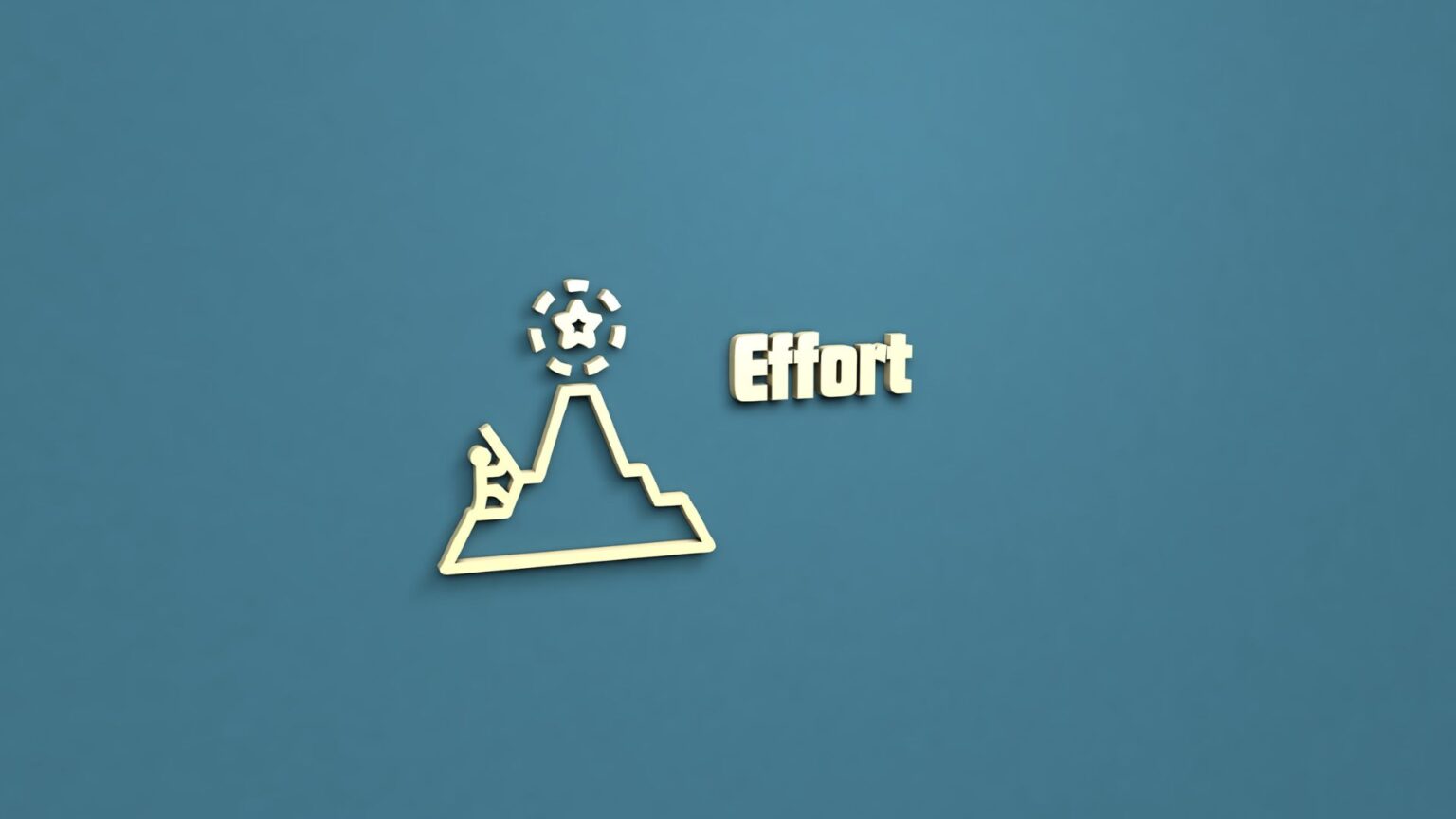

The Customer Effort Score (CES) is a customer service metric that measures the ease of customer experience with a company’s product or service.


Assessing customer satisfaction is essential, yet the plethora of available techniques can be overwhelming.
Customer Effort Score (CES) stands out as a critical indicator of service effectiveness and customer loyalty. Much like we previously explored the Customer Satisfaction Score (CSAT) to gauge immediate post-interaction satisfaction, this time, we’re delving into the nuances of CES. If you’re pressed for time, feel free to jump to the sections that most interest you.
What is Customer Effort Score
The Customer Effort Score (CES) is a customer service metric that measures the ease of customer experience with a company’s product or service. It assesses how much effort was required from the customer to achieve their goal, such as resolving an issue, making a purchase, or getting information.
Responses are usually captured on a numerical scale. The scale can range from 1 to 5, 1 to 7, or even 1 to 10, where the lower end signifies less effort (easier) and the higher end signifies more effort (harder). Some companies opt for a binary scale such as “Easy” vs. “Difficult” for simplicity.
CES is designed to measure the ease with which customers can get their issues resolved, purchase a product, or use a service. It’s predicated on a simple notion: the less effort required, the happier the customer. Here’s why CES is invaluable:
To calculate the Customer Effort Score (CES), follow these steps:
Collect Responses: After a customer interaction, ask customers to rate their effort on a scale, typically from 1 (very low effort) to 5 (very high effort), or a similar scale.
Aggregate Data: Collect all the responses from your survey.
Calculate the Average: Add up all the scores from the responses and then divide by the number of responses to get the average score.


Creating a Customer Effort Score (CES) survey involves crafting questions and structuring the survey in a way that effectively measures the ease of customer interactions with your service or product. Here’s a guide to setting up a CES survey:
Start with a brief introduction to set the context for your customers. Let them know why their feedback is valuable and how it will be used to improve their experience.
Example:
“Thank you for choosing [Your Company Name]. We’re always looking to make your experience as smooth and enjoyable as possible. Please take a moment to tell us about your recent interaction with us.”
The core of your survey is the CES question. It should be clear, direct, and focused on the effort required from the customer.
Example:
“On a scale from 1 (very difficult) to 5 (very easy), how easy was it to [specific action] with us today?”
To gain deeper insights, include one or two follow-up questions. These can help you understand the reasons behind the score and identify specific areas for improvement.
Examples:
“What, if anything, made your experience difficult?”
“What can we do to make your experience easier next time?”
Depending on your analysis needs, you may want to include questions that segment your respondents by demographics or by the context of their interaction. This can help you tailor improvements more effectively.
Examples:
“Which of our services did you use?”
“Is this your first time interacting with our customer service team?”
Conclude the survey with a thank you note, acknowledging the customer’s time and feedback.
Example:
“Thank you for sharing your feedback. Your insights are invaluable to us as we strive to improve your experience with [Your Company Name].”
Keep It Short: Aim for a brief survey to encourage completion. The CES question should be the focus.
Timing: Send the survey promptly after an interaction while the experience is fresh in the customer’s mind.
Accessibility: Ensure the survey is accessible on multiple devices and easy to complete.
Analyze and Act: Regularly review the feedback, look for trends, and take action to address common issues.
Here are several examples of CES questions that can be adapted to various customer interactions:
After a Support Interaction
“How easy was it to resolve your issue with us today on a scale from 1 (very difficult) to 5 (very easy)?”
After Making a Purchase:
“On a scale of 1 to 5, how effortless was your purchasing experience with us?”
After Using a Product or Service:
“How easy was it to use [Product/Service] for your needs? Please rate from 1 (very difficult) to 5 (very easy).”
Post-Interaction Survey:
“How would you rate the effort needed to get your request handled by our team? 1 being ‘required significant effort’ and 5 being ‘required no effort at all’.”
General Service Experience:
“Considering your overall experience with us, how easy do you find it to interact with our services? Rate from 1 (not at all easy) to 5 (extremely easy).”
After an Issue or Complaint:
“After reporting your issue, how easy did you find our response process? Please rate from 1 (very difficult) to 5 (very easy).”
Website or App Navigation:
“How easy was it to find what you were looking for on our website/app? Rate your experience from 1 (very difficult) to 5 (very easy).”
After Onboarding:
“How straightforward was the onboarding process? Please rate from 1 (complicated) to 5 (straightforward).”
These questions can be tailored to fit specific touchpoints in the customer journey, enabling businesses to pinpoint areas of friction and opportunities for making customer interactions as effortless as possible.


To ensure your CES surveys yield actionable insights, follow these best practices:
Free Customer Service Metrics Calculator
Calculate your business’s key metrics and KPIs for customer support, service, and success with this free template
When using a 5-point scale for the Customer Effort Score (CES), where 1 signifies “very difficult” and 5 signifies “very easy,” the interpretation of what constitutes a good score adjusts accordingly. Here’s how you can understand CES in this context:
Scores closer to 5: These are considered excellent, indicating that customers find it very easy to resolve their issues or interact with your service. Achieving scores in the range of 4 to 5 suggests that your processes are efficient and customer-friendly.
A score around 4: This is still seen as good, showing that most customers are experiencing a relatively low level of effort. It means your business is on the right track, but there may still be room for making experiences even smoother.
A score of 3: Indicates a neutral experience. Customers are not finding the process particularly difficult, but it’s not exceptionally easy either. Scores in this middle range highlight areas where targeted improvements can significantly enhance customer satisfaction.
Scores below 3: Suggest that customers are encountering difficulties interacting with your service. Scores in this range are a clear signal that your business needs to identify pain points and streamline processes to reduce customer effort.
In this 5-point scale context, aiming for an average score above 4 is a solid target for businesses looking to ensure their customers find interactions straightforward and hassle-free. However, the exact benchmark for a “good” score may vary based on your industry standards and the specific nature of the customer interactions.
Emphasizing the Customer Effort Score within your business strategies can lead to significant improvements in customer satisfaction, loyalty, and ultimately, business growth. By measuring, understanding, and acting on CES, companies can make informed decisions that reduce customer effort and enhance the overall customer experience.
Beyond CES
To fully leverage the insights CES provides, integrating it with other customer experience KPIs and adopting a holistic digital customer experience strategy is crucial. Exploring advanced customer experience analytics and methodologies will unlock further opportunities to refine your approach, ensuring customer satisfaction remains central to your business ethos.
By placing a spotlight on the Customer Effort Score, businesses can not only measure but actively improve the ease with which customers interact with their services and products, paving the way for sustained success and customer loyalty in the competitive marketplace.






Don’t Let Your Competitors Understand Your Customers Better Than You
Don’t miss out. Try our 30-day Free Professional Trial.

